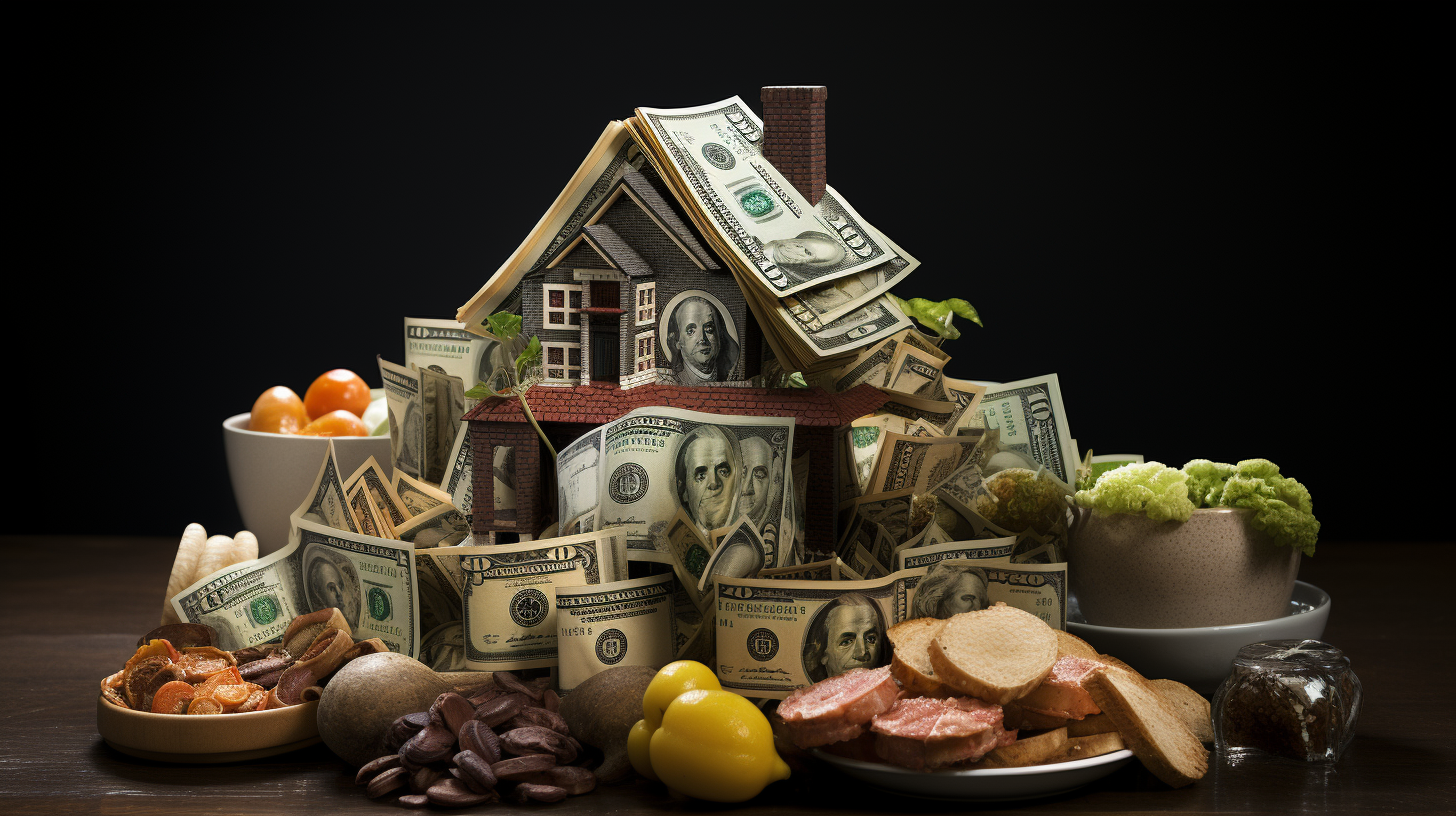Consumer inflation accelerated more than expected in September due largely to intensifying shelter costs, putting further pressure on household budgets and keeping the Federal Reserve on high alert.
The consumer price index (CPI) increased 0.4% last month after rising 0.1% in August, the Labor Department reported Thursday. On an annual basis, prices were up 3.7% through September.
Both the monthly and yearly inflation rates exceeded economist forecasts of 0.3% and 3.6% respectively.
The higher than anticipated inflation extends the squeeze on consumers in the form of elevated prices for essentials like food, housing, and transportation. It also keeps the Fed under the microscope as officials debate further interest rate hikes to cool demand and restrain prices.
 |
Surging Shelter Costs in Focus
The main driver behind the inflation uptick in September was shelter costs. The shelter index, which includes rent and owners’ equivalent rent, jumped 0.6% for the month. Shelter costs also posted the largest yearly gain at 7.2%.
On a monthly basis, shelter accounted for over half of the total increase in CPI. Surging rents and housing costs reflect pandemic trends like strong demand amid limited supply.
“Just because the rate of inflation is stable for now doesn’t mean its weight isn’t increasing every month on family budgets,” noted Robert Frick, corporate economist at Navy Federal Credit Union. “That shelter and food costs rose particularly is especially painful.”
Energy and Food Costs Also Climb
While shelter led the inflation surge, other categories saw notable increases as well in September. Energy costs rose 1.5% led by gasoline, fuel oil, and natural gas. Food prices gained 0.2% for the third consecutive month, with a 6% jump in food away from home.
On an annual basis, energy costs were down 0.5% but food was up 3.7% year-over-year through September.
Used vehicle prices declined 2.5% in September but new vehicle costs rose 0.3%. Overall, transportation services inflation eased to 0.9% annually in September from 9.5% in August.
Wage Growth Lags Inflation
Rising consumer costs continue to outpace income growth, squeezing household budgets. Average hourly earnings rose just 0.2% in September, not enough to keep pace with the 0.4% inflation rate.
That caused real average hourly earnings to fall 0.2% last month. On a yearly basis, real wages were up only 0.5% through September—a fraction of the 3.7% inflation rate over that period.
American consumers have relied more heavily on savings and credit to maintain spending amid high inflation. But rising borrowing costs could limit their ability to sustain that trend.
Fed Still Focused on Inflation Fight
The hotter-than-expected CPI print keeps the Fed anchored on inflation worries. Though annual inflation has eased from over 9% in June, the 3.7% rate remains well above the Fed’s 2% target.
Officials raised interest rates by 75 basis points in both September and November, pushing the federal funds rate to a range of 3-3.25%. Markets expect another 50-75 basis point hike in December.
Treasury yields surged following the CPI report, reflecting ongoing inflation concerns. Persistently high shelter and food inflation could spur the Fed to stick to its aggressive rate hike path into 2023.
Taming inflation remains the Fed’s number one priority, even at the risk of slowing economic growth. The latest CPI data shows they still have work to do on that front.
All eyes will now turn to the October and November inflation reports heading into the pivotal December policy meeting. Further hotter-than-expected readings could force the Fed’s hand on more supersized rate hikes aimed at cooling demand and prices across the economy.
